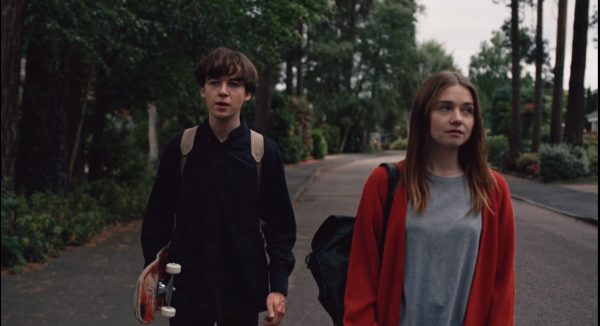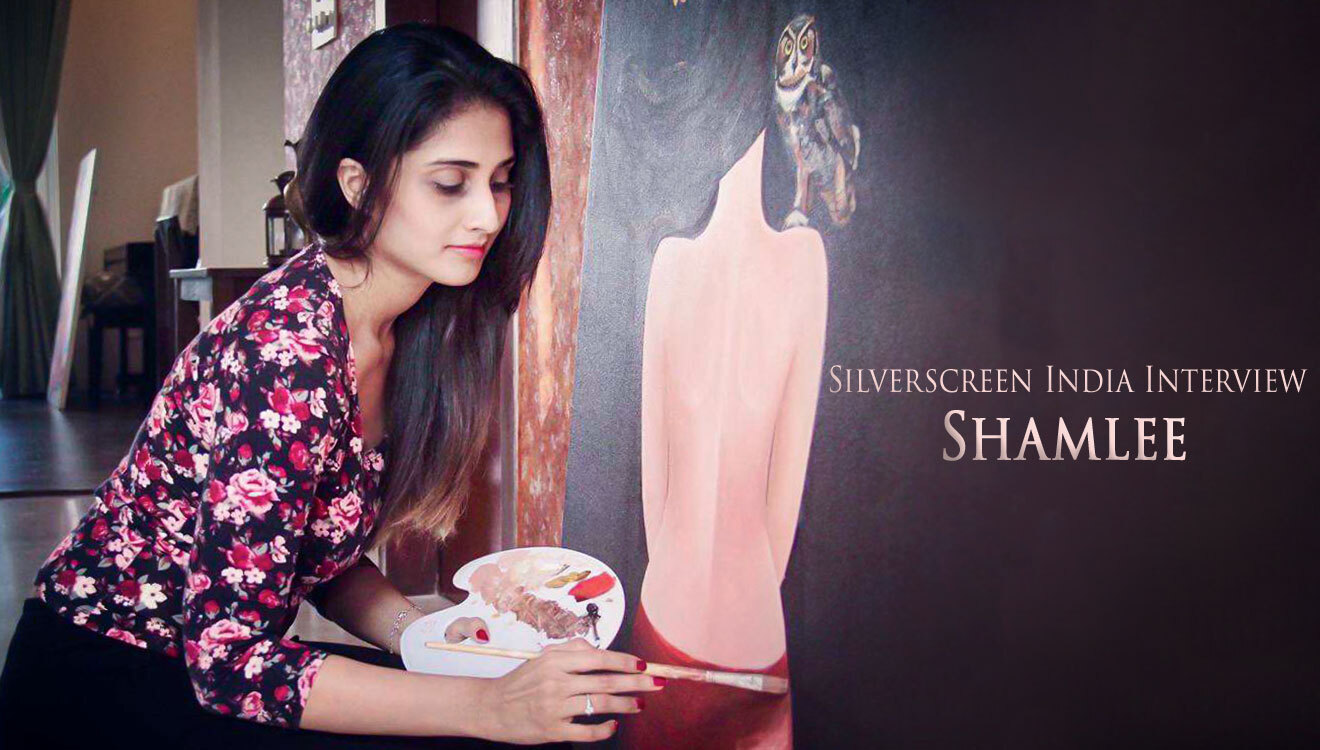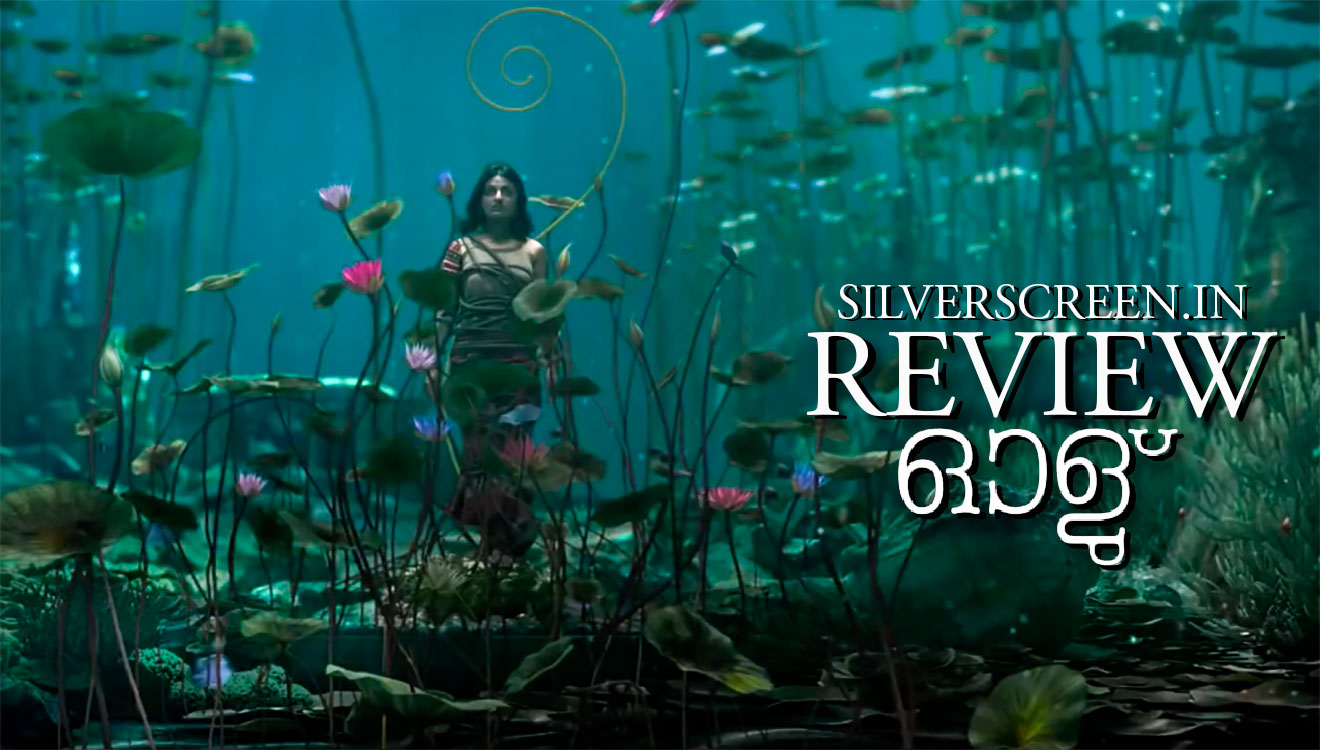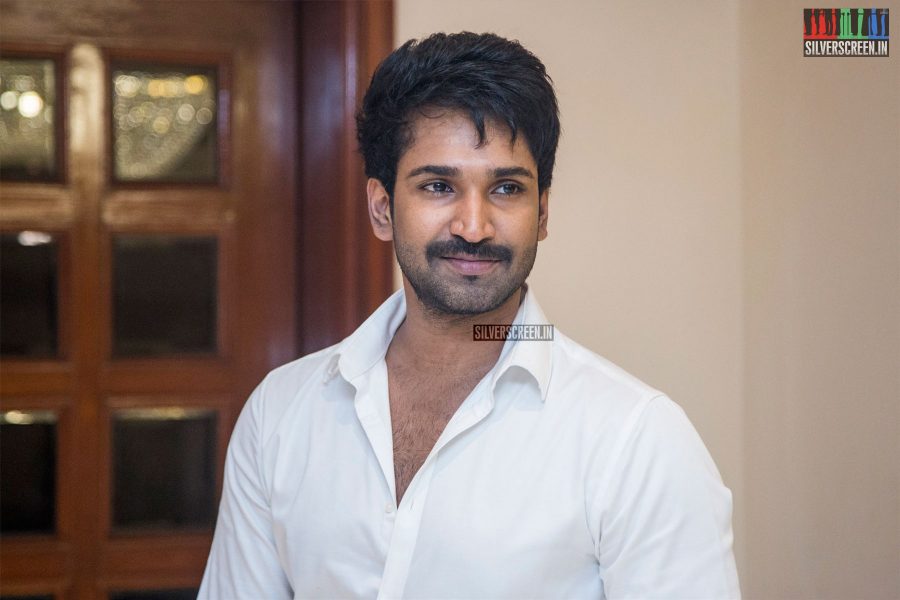While the Young Adult genre on Netflix is fast becoming popular, especially with the launch of its latest – To All The Boys I’ve Loved Before – we present the most under-acknowledged fact about its audience: not everyone who watches the shows is a young adult
In Netflix’s To All The Boys I’ve Loved Before, the protagonist Lara Jean writes secret love letters whenever she has a crush – ‘on someone so intense that she doesn’t know what else to do’- and stashes them away. Totaling five in number, these letters ‘leak’ and unintentionally reach the original intended recipients. To deal with the ‘situation’, Lara pretends to be in a relationship with Peter Kavinsky, a recipient of one of her letters who also incidentally stands to gain from it as he thinks being seen with Lara would prompt his ex-girlfriend to get back with him. As ridiculous as the idea may sound, the film, which has become extremely popular worldwide, also having inspired several Peter Kavinsky fan clubs, is based on a Jenny Han bestseller. The movie rights were bought by Will Smith’s Overbrook Entertainment, who produced it along with Awesomeness Films. That the book was sold in such large numbers and Smith was ready to attach his name to the project speaks volumes about the viability of the Young Adult genre, which seems to appeal to just about every generation.
Beginning 13 Reasons Why that released in March last year to The End of the Fucking World and The Kissing Booth, To All The Boys I’ve Loved Before is merely the latest addition to the long list of shows compiled by Netflix. But, it’s a movie that has been garnering considerable praise from critics and audiences alike. Emily Yoshida of the Vulture wrote, “Theirs (Lara and Peter) is a teenage romance I can believe in, despite its ridiculously convoluted circumstances.” An article published in the Vox is headlined ‘Netflix’s ‘To All the Boys I’ve Loved Before’ Might Be The Best Teen Romance Of The Decade!’
However, The Kissing Booth (again based on a novel), falls under the trashed-by-critics-yet-loved-by-fans category. It had become so popular among viewers that Ted Sarandos, the Chief Content Officer of Netflix, called it “one of the most-watched movies in the country, and maybe in the world.” Almost every series that falls under the tag ‘Netflix Originals,’ have been adaptations. Even Harry Potter, Twilight, Divergent and Hunger Games – movies that have had theatrical releases and are available on the digital platform, are inspired from their literary counterparts.
The audience
The Young Adult Library Services Association, a division of the American Library Association, defines Young Adult stories as those aimed at kids aged between 12 and 18. The Independent reports that children’s books contribute to 30 per cent of the total market share and that it grows at 10 per cent every year. The publishing industry claims that the reason for the rise in sales of books belonging to the genre is because young adults, throughout the world, were reading more than ever. However, this is just half the picture.
According to writer Sarah Webb, the sale of books belonging to the young adult genre has exploded primarily because adults are increasingly consuming content intended for teenagers – a claim that has been corroborated by adults who find the emotional stakes of these stories appealing. The publishing houses also confirmed this by stating that young adult fiction is being sold to an audience well beyond its target range.
The simultaneous release of Brian Conaghan’s 2014 novel – with an adult cover as well as a jacket for children – bears testament to this fact. Thus, while the entire world laments the decrease in appeal for the printed word, the young adult genre waits for the next best-seller to arrive.

With a demographic starting the age of 12 and stretching all the way to eternity, the genre has a successful fan base already in place. When it comes to movies, an established fan base ensures some promise of returns to the makers. This minimum guarantee makes for excellent bait, more so if these books stand a chance at franchise building.
Harry Potter was the first film to give the viewer a taste of young adult material. Until the animation of J K Rowling’s tomes, the young-adult genre was largely confined to books. By the time Hunger Games arrived, the genre had become so popular that the roles began to fetch its actors instant fame. While the Twilight cast comprising Robert Pattinson, Kristen Stewart and Taylor Lautner can be thought of as classic examples, nothing helps paint the picture better than Jennifer Lawrence who became the highest paid actress in 2015 (a spot she retained the next year as well) with the release of Hunger Games Mockingjay Part 2 – the final movie in the series.
Recommended
But what makes the genre work so well on a streaming service like Netflix? Apart from the obvious advantages of the platform, content plays a major role. The genre covers a variety of subjects including fantasy, contemporary, dystopian themes, romance, paranormal, drugs, sex, gender issues, illnesses and bullying. A look at the theatrically released YA material is enough to know that the worlds that the genre presents mostly have no resemblance to reality. Harry Potter is set in a world of fantasy; Hunger Games and Divergent are set in a dystopian future while Twilight takes place in the realm of paranormal. The Fault In Our Stars is the only exception in this regard but still revolves around a terminal illness and hence the problems encountered by its protagonists are too specific.
The Netflix shows though, are found to be more relatable. In The End Of The Fucking World, the protagonists are two teenagers who regard themselves as misfits in the society. One dips his hand in boiling oil to see if he ‘is capable of feeling anything’ at all while the other one laughs hysterically after the car she travels in rams into a tree. Regardless of the quirky nature of these characters, viewers are able to find redeeming qualities in them mainly because the conflicts and crises in these stories strike a chord.

Both protagonists of The End Of…. are incredibly lonely people. They hail from dysfunctional families. While James is obsessed with the idea of killing someone, he has his share of insecurities which come into play when Alyssa asks him ‘Have you eaten a pussy before?’ He is forced to say yes. Meanwhile, she, who initially comes across as bold and outspoken, secretly wishes to go home after their car rams into a tree.
13 Reasons Why, on the other hand, discusses loneliness, bullying, sexual assault – all of which find much relevance today. But it’s not just the topical nature of the themes, but also the intensity with which they are portrayed. The screenplay too, is structured in such a way that the narrative is seamless even as it flits between the present and the past.
While the issues portrayed in the shows largely pertain to millennials, the narrative doesn’t restrict them from catering to other ages. 13 Reasons Why, on numerous occasions, tips its hat to the era gone by. A character goes in search of a boom box in order to listen to cassette tapes while another directs the protagonist to a location by enlisting the help of a map. The makers though, are clever about not making a meal out of these little snippets from a different time period; they just equip the characters with awareness, and let them make a statement – as unobtrusively as possible. And strangely, that works like a charm.
*****



